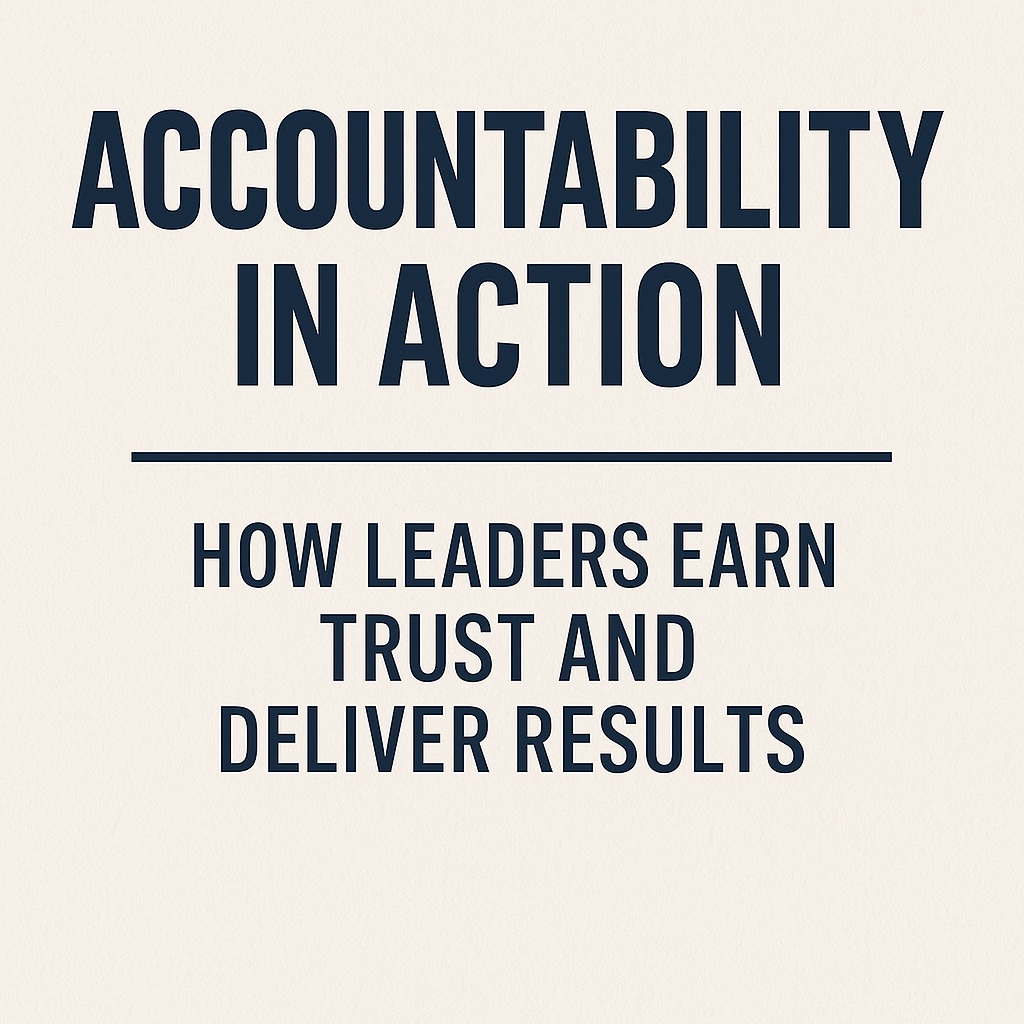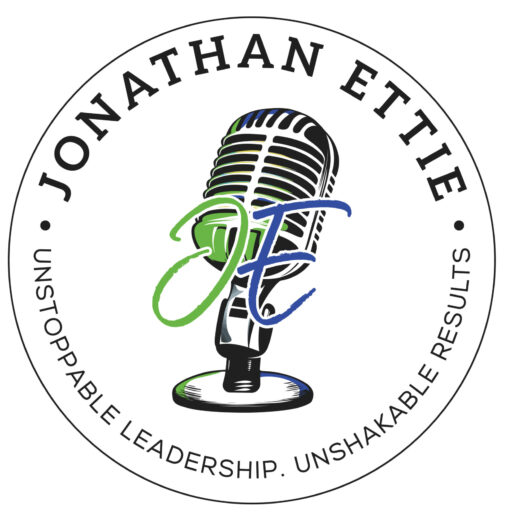
When something goes wrong in your personal or professional life, who takes the blame? Do you, or the people you work with, look for someone who is at fault? Or are you accountable for your actions and do you own the mistakes in your life?
I just finished reading the book “The Oz Principle” by Roger Connors, Tom Smith, and Craig Hickman. In this book they teach the importance of accountability. They also teach that you need to see the problem or mistake, take ownership of it, identify a solution, and then act on that solution. I think this is a powerful approach to accountability which I will explore in this article.
See the Problem or Mistake
Accountability begins with awareness. You cannot take responsibility for something you refuse to see. When you ignore or deny a problem, you surrender your ability to change it. True accountability requires the courage to look honestly at what went wrong – without excuses, denial, or defensiveness.
Seeing the problem clearly is the first step toward growth. It allows you to separate facts from feelings, identify the root causes, and understand your role in the situation. This clarity transforms mistakes into lessons and setbacks into opportunities for improvement.
When you acknowledge a problem instead of avoiding it, you demonstrate maturity and integrity. You show others that you value truth over comfort and progress over pride. In doing so, you build trust – not only with those around you, but also with yourself – because you’re willing to face reality and take ownership of creating a better outcome next time.
In short, you cannot be responsible for what you refuse to recognize. Accountability starts with the willingness to see things as they are so you can take action to make them better.
Own the Problem
Once you identify the problem, the next step is to own it. Taking ownership means acknowledging that the issue exists and recognizing your part in it – without defensiveness, excuses, or blame. It’s not about assigning fault or finding someone to blame; it’s about accepting reality and choosing to take responsibility for moving forward.
When you own a problem, you shift your mindset from reaction to response. Instead of wasting energy on denial, justification, or finger-pointing, you focus on what can be done to make things right. This shift empowers you to take control of the situation and become part of the solution.
Ownership also demonstrates leadership and integrity. People respect those who can admit mistakes and act decisively to correct them. By refusing to engage in a “witch hunt,” you create an environment where accountability is valued over blame, and learning is valued over punishment.
Ultimately, owning the problem transforms accountability into action. It’s the moment when you stop asking, “Who’s at fault?” and start asking, “What can I do to fix this?” That proactive mindset not only leads to better outcomes but also strengthens trust, credibility, and collaboration across your team or organization.
Identify a Solution
Being accountable goes beyond simply recognizing and owning a mistake – it’s about taking responsibility for making things right. True accountability is active, not passive. It doesn’t stop at admission; it demands action. Once you’ve identified and owned the problem, the next step is to focus on finding a solution or correcting the mistake.
Taking this step shows that you’re committed to growth and improvement, not just damage control. It means asking questions like: What can I learn from this? How can I prevent it from happening again? What steps can I take right now to fix it? This proactive approach transforms a negative situation into an opportunity for progress.
When you seek solutions, you demonstrate initiative, problem-solving skills, and leadership. You show others that mistakes are not the end of the story – they’re part of the learning process. This mindset encourages innovation, resilience, and continuous improvement within teams and organizations.
In essence, accountability isn’t about perfection – it’s about responsibility. Anyone can point out a problem, but accountable people roll up their sleeves and work to resolve it. By turning mistakes into momentum, you not only restore trust but also strengthen your ability to handle future challenges with confidence and integrity.
Take Action
Accountability doesn’t end with identifying a solution – it requires taking action. Knowing what to do is only half the equation; real progress happens when you follow through. Many people stop at the point of analysis – they recognize the problem, brainstorm possible fixes, and feel a sense of relief simply from having a plan. But without execution, even the best ideas remain meaningless.
Acting on the solution is where accountability becomes visible. It’s the stage where intentions turn into results. Taking action demonstrates commitment, responsibility, and credibility – you’re not just talking about change, you’re making it happen.
This step also builds trust and momentum. When others see you implement solutions rather than just discuss them, they recognize you as someone who delivers, not just someone who plans. Over time, this reliability strengthens your influence and reinforces a culture of accountability within your team or organization.
Finally, acting on the solution allows you to learn through experience. You may not get everything right the first time, but by taking action, you gather real data, gain feedback, and refine your approach. That cycle of implementation and improvement is what drives genuine growth.
In short, accountability demands follow-through. It’s not enough to know the right thing – you must do the right thing. Progress depends not on what you intend, but on what you execute.
Benefits of Accountability
When you consistently take accountability for the results you or your organization produce, you demonstrate integrity in action. People begin to see you as trustworthy and dependable – someone who stands by their commitments and delivers on promises. This reliability builds credibility over time, strengthening your professional reputation and your influence as a leader.
Accountability also creates psychological safety within teams and relationships. When others see that you take ownership instead of assigning blame, they feel safe to be honest, take risks, and share ideas openly. They know mistakes will be treated as opportunities to learn rather than reasons for punishment. This kind of environment fosters collaboration, innovation, and mutual respect.
Ultimately, accountability builds trust – and trust builds results. By owning both the successes and the setbacks, you lead by example. You inspire those around you to take responsibility for their own actions, creating a culture where everyone feels empowered to do their best work and support one another in achieving shared goals.
Conclusion
True accountability means taking full ownership of your choices and their outcomes – both the successes and the failures. It’s about seeing the results of your actions clearly, resisting the urge to blame others, and taking proactive steps to make things right when challenges arise.
When you’re honest about your mistakes and take responsibility for your results, you earn trust. People begin to see you as someone dependable – someone who can be counted on to face problems head-on and find solutions rather than excuses. This mindset not only leads to better results but also helps build a positive, growth-oriented culture.
So the next time something doesn’t go as planned – whether in your personal life or at work – choose accountability. Own it, learn from it, and use it as a stepping stone toward stronger character and greater success.


Leave a Reply